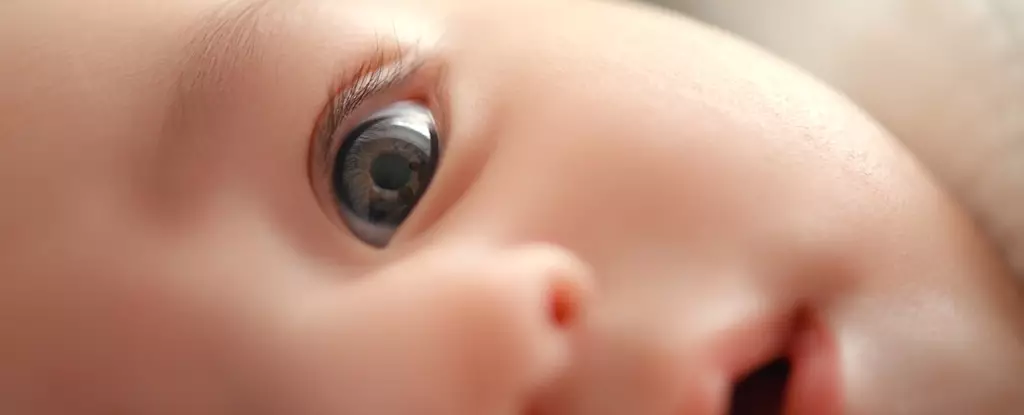The omnipresence of microplastics in our environment is becoming increasingly undeniable. Tiny plastic particles, often smaller than grains of sand, are infiltrating ecosystems and, alarmingly, the human body. As research progresses, scientists are beginning to untangle the various health risks associated with these pollutants. A groundbreaking recent study from Rutgers University has shed light on an alarming mechanism: microplastics can be transferred from mother to offspring, with troubling implications for developing organisms.
The Rutgers research team discovered that when pregnant mice inhaled polyamide-12 (PA-12), a common type of nylon, trace amounts of plastic were found in vital organs of their pups after birth. This included sensitive areas such as the lungs, hearts, livers, kidneys, and even the brains of these newborn mice. Most strikingly, these fragments persisted in the pups for at least two weeks following birth. Although it’s possible that some of the exposure occurred through maternal milk, the data raises alarming questions about how deeply microplastics can affect development from the earliest moments of life.
What this implies is deeply unsettling. Microplastics present in crucial organs at such vulnerable developmental stages suggest that the problem extends beyond environmental contamination—it’s about the very biology of life that emerges in such polluted ecosystems. As Phoebe Stapleton, an associate professor involved in the study, aptly put it, “Nobody wants plastic in their liver.” This sentiment encapsulates a growing public concern that, until now, had only been whispered among environmentalists.
As microplastics enter our bodies through various exposures—be it through the water we consume, the air we breathe, or the foods we eat—there’s an urgent need to consider the potential health implications. Early research has correlated microplastics with health risks, most notably an increased likelihood of cardiovascular diseases. Yet, the long-term effects of MNP exposure remain largely undefined.
The earliest stages of life are critical for human health, and exposure to toxic substances during this time can lead to chronic health issues later on. The findings from the Rutgers study highlight a significant gap in our understanding: how exactly are these plastics influencing the development and health of unborn and newborn children? The very act of developing alongside foreign particles could wield unforeseen consequences for the next generations.
Unfortunately, despite such alarming findings, society remains entrenched in a plastic-dependent lifestyle. The world generates over 450 million tonnes of plastic annually, embedding it deeply into the fabric of daily life. With every piece of plastic that breaks down, the risk of microplastics entering our bodies increases. While awareness of pollution has grown, actions to collectively shift away from this unhealthy reliance on plastics appear stagnant.
The call to reduce plastic use is urgent, but also complex. Cutting plastic entirely may not be feasible, as Stapleton suggests, but innovating ways to reduce its environmental footprint and mitigate its health effects is imperative. Groundbreaking research is underway to explore recycling methods and environmental restoration, which could alleviate some of the burden of plastic waste.
The health of future generations depends on the actions we take today. The implications of the Rutgers study are a clarion call for more research into the effects of microplastics on maternal and child health. Understanding the cycle of how these contaminants persist in our bodies is critical for implementing effective public health strategies.
This issue should transcend interdisciplinary boundaries, garnering attention from policymakers, scientists, and the public alike. As we face the mounting evidence of microplastics infiltrating our lives in ways previously unfathomable, addressing their presence with resolve is not just an environmental issue but a vital health one as well. Without concerted efforts to explore sustainable alternatives, we risk not just our ecosystem, but the very health of future generations.



Leave a Reply